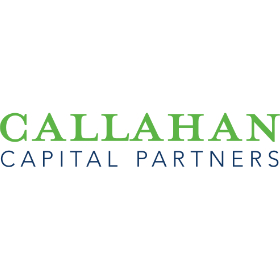
We Help Your
Climate Solutions WinWe Help
Your Climate
Solutions Win
We help your climate solutions win.
Building or investing in climate solutions?Let's get to work.
"What impact will this technology have as it scales?"
We obsess over this question. Seriously.
Trusted by the World's Leading Innovators
Quantify and Contextualize
Leverage the data and tools trusted by Autodesk Foundation, Eclipse Ventures, and many others for modeling the impact of everything from robotics to logistics.
Traceable by Design
We are focused on auditable & assurable data that avoid the risk of greenwashing while protecting sensitive business data and intellecutal property.
Open and Accessible
Rho Impact uses and contributes to open standards, methodologies, and frameworks to ensure impact forecasts are understandable and comparable.





